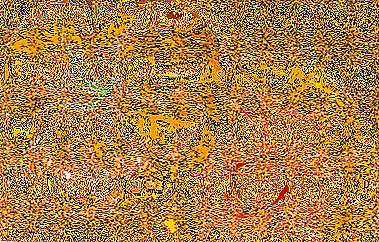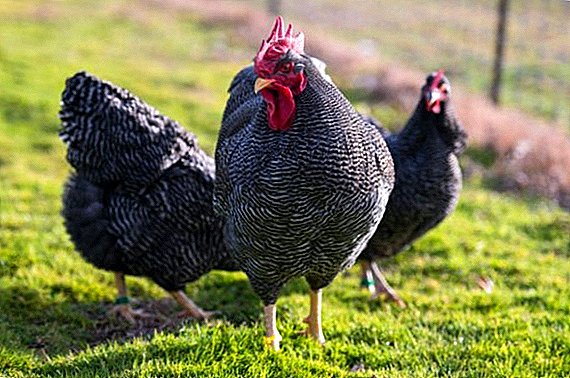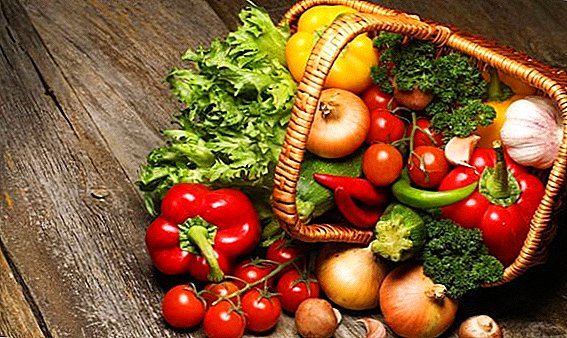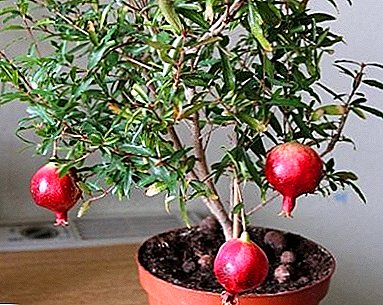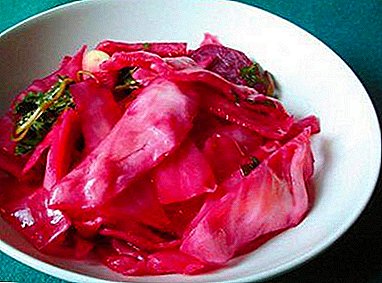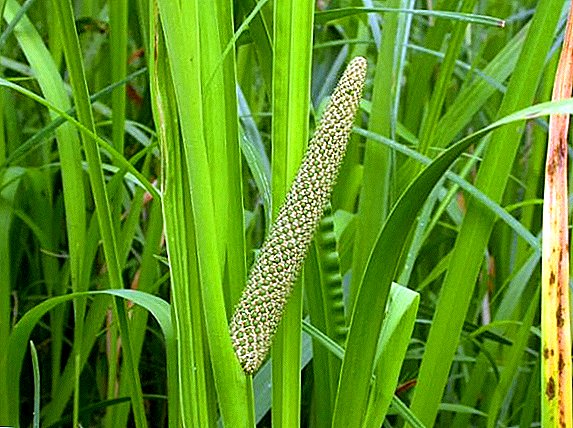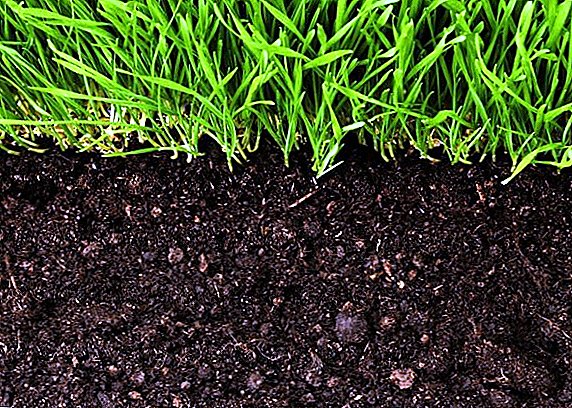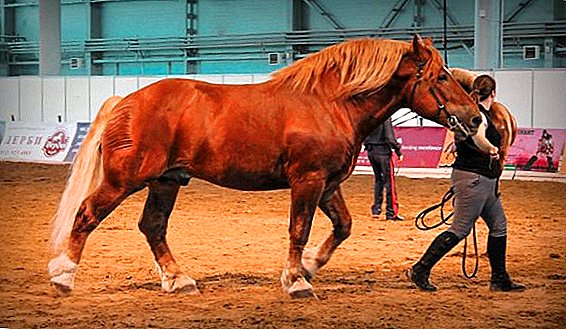 The long path of evolutionary and scientific-technical progress of man was accompanied by a faithful friend and helper - a horse. Up to cheaper engines, farmers used these useful animals. Today we will be talking about an amazing breed of horses - the Soviet draft carrier.
The long path of evolutionary and scientific-technical progress of man was accompanied by a faithful friend and helper - a horse. Up to cheaper engines, farmers used these useful animals. Today we will be talking about an amazing breed of horses - the Soviet draft carrier.
Breed history
In the old days, in the Russian regions, where forests often met with the steppe, there was always a question of the relevance of the traction force both for exporting forests and for plowing agricultural land. The problem for the inhabitants of these places was that a simple peasant horse, which the inhabitants of the northern gubernias should have been content with, could not cope with the necessary tasks qualitatively due to the lack of strength and endurance. In connection with such small opportunities of a peasant horse and such great needs of the inhabitants of the region, there was always appreciated a massive, hardy horse.  Up until the 50s of the 19th century, the main working horses were the so-called bityugs - Tambov thoroughbred horses named after the eponymous regional river, as well as hybrids of this breed and local horses. But by the end of the 19th century, landowners and merchants, deciding to become part of the western world, began importing European heavy trucks — Brabancons and suffolks — into Mordovia and the Nizhny Novgorod province, which in the future became a genetic aid for the creation of a new Soviet heavy truck.
Up until the 50s of the 19th century, the main working horses were the so-called bityugs - Tambov thoroughbred horses named after the eponymous regional river, as well as hybrids of this breed and local horses. But by the end of the 19th century, landowners and merchants, deciding to become part of the western world, began importing European heavy trucks — Brabancons and suffolks — into Mordovia and the Nizhny Novgorod province, which in the future became a genetic aid for the creation of a new Soviet heavy truck.
Learn how to harness horses, mate and breed.In general, a thoroughbred herd of Braban horses could appear in Russia, but they were not well adapted to the Russian climate, had a rather loose constitution, and, according to farmers, had rather uncouth forms. Therefore, it was decided to cross the males of Brabancons and local sinewy mares. The descendants of this crossing were not as large as the "fathers", but had a more dense body structure.
Did you know? Most healthy adults of this breed can completely free-move a train weighing 15 tons.During the Civil War, the European horses were not imported, and the main accumulations of the herd of tribes were located at the Pochinok and Mordovian stud farms. At this time, virtually uncontrolled crossings inside herds took place, and by the mid-thirties of the last century foals began to be born that had persistent external signs of a new breed. Similar appearances of external signs became the basis for carrying out selection works and fixing the formed features of animals.
 But because of the events of World War II, the breeders were able to form a new line of heavy horses only by 1952 and called it a Soviet heavy truck. Up to the 90s of the last century, the breed was actively cultivated and improved, and stallions and mares showed themselves in many international competitions and competitions. But after the collapse of the USSR, the Soviet heavy carriers began to experience not the most favorable times: the number of queens at the Mordovian and Nizhny Novgorod studs decreased by almost 50%, the development of test programs for foals stopped, the rate of regression allowed for the idea of the disappearance of the entire breed.
But because of the events of World War II, the breeders were able to form a new line of heavy horses only by 1952 and called it a Soviet heavy truck. Up to the 90s of the last century, the breed was actively cultivated and improved, and stallions and mares showed themselves in many international competitions and competitions. But after the collapse of the USSR, the Soviet heavy carriers began to experience not the most favorable times: the number of queens at the Mordovian and Nizhny Novgorod studs decreased by almost 50%, the development of test programs for foals stopped, the rate of regression allowed for the idea of the disappearance of the entire breed.It is also interesting to read about the best suits of horses.In our time, the situation has stabilized somewhat, but the improvement occurred only because the heavy horse is highly valued in European countries to this day. The main buyers of the Soviet heavy truck are agricultural producers who are concerned about environmental friendliness and low cost of the manufactured product. Incited by the crisis and high fuel prices, these farmers also remembered these horses. To this day, the breeding of Soviet heavy carriers continues at the Mordovian and Nizhny Novgorod stud farms, but also these solids can be found in the Vologda and Kostroma regions of the Russian Federation.
The appearance of the Soviet heavy truck
The appearance of this noble and strong animal clearly speaks of his strength and endurance. The horses of this breed are the largest for harness animals in the territory of the Russian Federation. Let us learn in more detail about the external characteristics of horses of this breed. 
Exterior
The first thing that gives this horse its working ability is its massive chest, strong back and powerful forearm. A strong shortish neck is crowned with a head of medium size, with expressively distinguished muscles of the cheeks and very wide nostrils, but, despite the significant massiveness, such a composition looks quite elegant and noble. There are straight erect ears on the head, they are small, but they do not differ in smallness, although there are representatives of a heavy truck with more drooping ears.
The withers are not particularly prominent on a soft, slightly drooping back. But the back of this horse needs special attention, because by it you can clearly judge the strength and endurance of this animal, because it is strong, wide and ends with a wide, forked, slightly sagging croup.
Check out these horse breeds: Vladimirskaya, Arabian, Shire, Orlovsky trotter, Frieze, Tinker, Falabella, Akhal-Teke and Appaloosa.Farmers who use heavy trucks for their intended purpose, are especially sensitive to the back of the horse, because it is judged by his performance. The Soviet heavyweight does not disappoint in this respect: wide croup turns into massive hind limbs with short hips and grandmother. The legs end with wide feet and large hooves of the correct shape. The main suits of this breed are such: red, red-roan, brown, bay and bay-roan. Periodically, there are also black representatives, but this happens quite rarely.

The size
If we talk about massiveness, then it is worth considering some differences between horses and mares. The average weight of an adult stallion is about 900 kg, while an adult mare is 700 kg. The growth for this breed is a variable concept, the females are slightly lower than horses, but still the height varies from 1.5 to 1.7 m.
Character traits
From their ancestors, the Belgians - Brabancons - the Soviet heavy vehicles inherited a good temper and calm. They peacefully obey when working, do not show aggression for no apparent reason.
Read about the strongest, wild and riding horses.
How much is the Soviet heavy breed
If you get a thoroughbred horse, then you should give her a genealogical book. The price of a horse may differ depending on the purity of the blood, the place of cultivation, age and sex, as well as the quality of its health. 
Important! Before buying this animal, make sure the seller is reliable, be sure to ask for information on animal vaccinations, as well as veterinary documents on the horse's overall health.The price for one foal is about 1250 US dollars, when the baby grows up to one or one and a half years, its price is already 1875 US dollars. An adult can cost you $ 2500-3125.
Care and maintenance of horses
In order for the animal to feel good, it is necessary to create appropriate conditions for this.
Conditions for content
The Soviet draft horse is not a very demanding horse, but it especially needs a spacious stable, a territory for walking and free running, purified water and stable feeding. In order to properly take care of the health and well-being of the animal, the owner needs to make a competent diet of proper nutrition in order to preserve the strength and capabilities of the horse. It is also necessary to conduct inspections of a heavy truck after a busy day in order to exclude the presence of injuries and illnesses. 
Important! He It should be excluded from the life of the horse of a veterinarian - the doctor must carry out routine vaccinations, as well as the necessary examinations of the animal at least twice a year.It is also necessary to monitor the hygiene of the horse. Do not forget to clean the horse's nostrils after work or other activity, and also wash the horse’s hooves with a hose so that it does not suffer from fatigue. Attention and require horse hair: mane and tail wash twice a week using the air conditioner. After the hair is dry, you need to comb it with a brush from natural materials.
Power Features
Horses need regular feeding, which consists of dry and fresh grass, as well as cereal crops. Every day you need to give the horse vegetation, crops, do not forget about the water. For normal growth, a small foal needs to be fed with vitamin complexes. As an encouragement and delicacy, you can give the animal sweet beets, sugar, raw carrots and potatoes. 
Breed breeding
Fertility indicators of this breed are 75%. For breeding mares are suitable until they reach the age of 16-17 years, although it happened that the horses of this breed brought offspring at the age of 20 years. Soviet heavy-duty horses are rather early ripening horses; during the feeding period, the foals gain 2 kg daily, and by 6 months their weight already reaches half a ton. For work, young individuals have been attracted since the age of 2.5, and for breeding they have been used since three years. A characteristic feature of this breed are high milk levels.
Did you know? The record for horse milk production was 6137 liters.The average milk yield is 3000 liters per lactation period. The breed of the Soviet heavy truck can without doubt be considered the national treasure of Russia. The active development of agriculture can help preserve the breeding of these animals, as well as the performance of horse farms. The relevance of these horses exists in our time, because some areas of agriculture require the use of live tractive power of horses.


